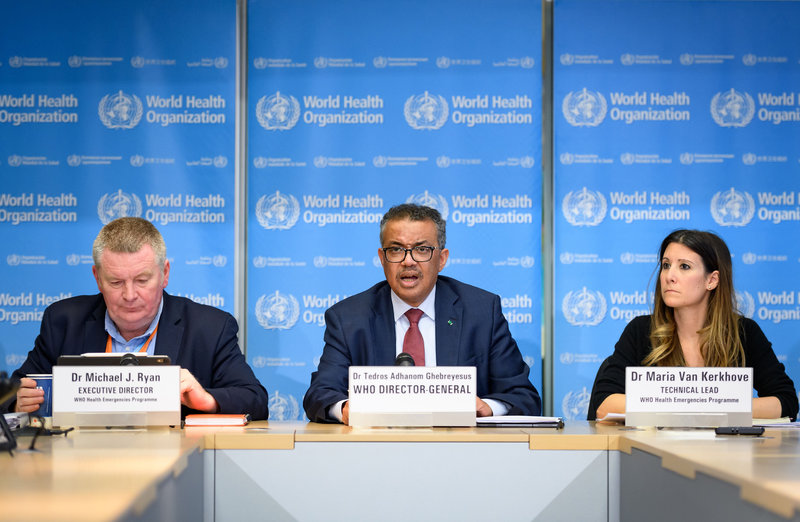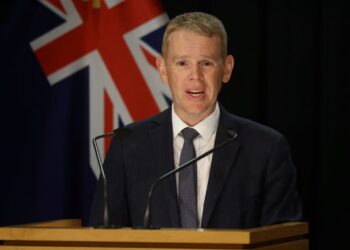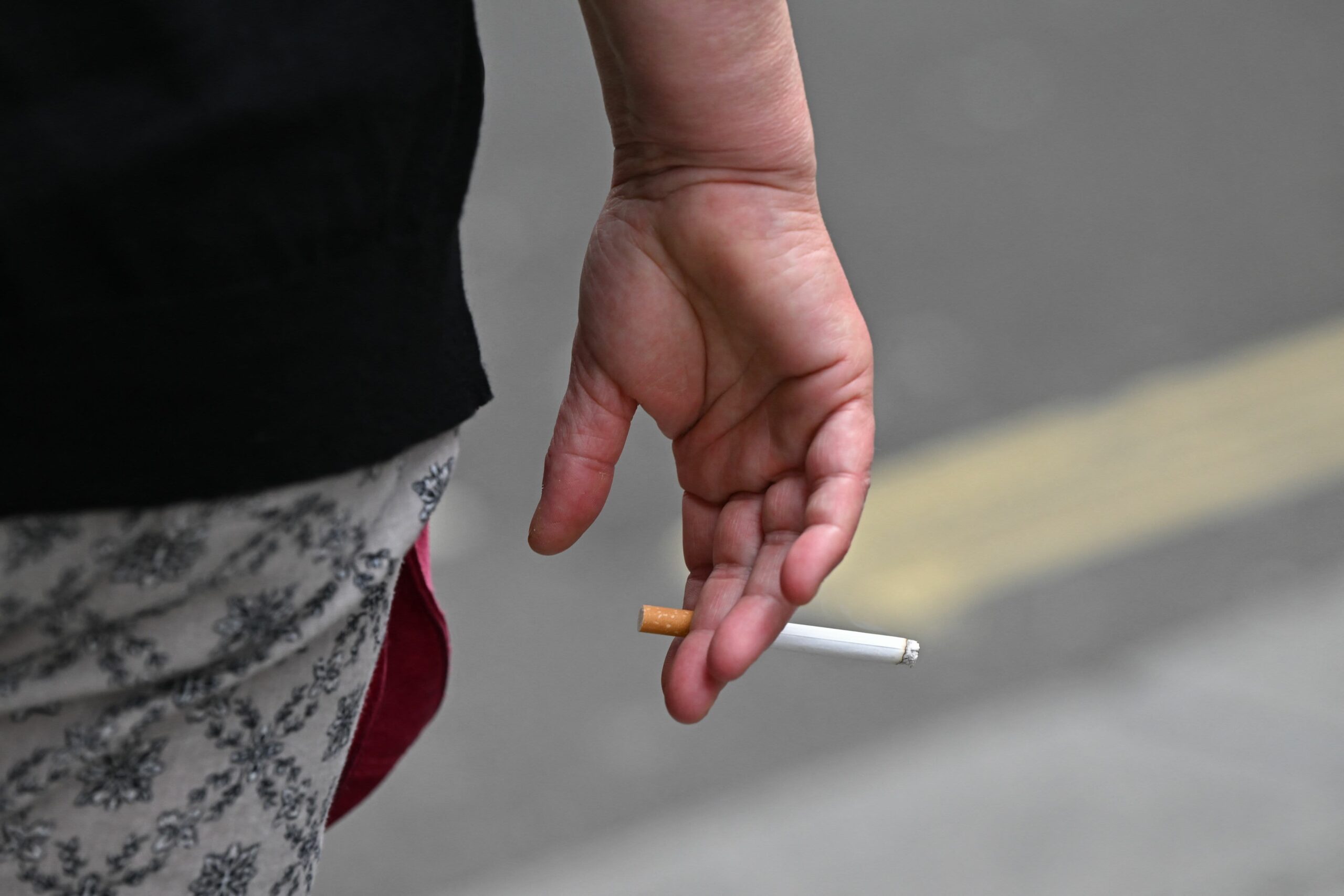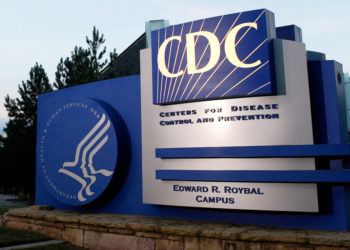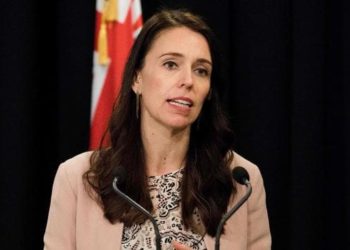This week, the world is expected to register 20 million total cases of COVID-19 and 750,000 deaths, but World Health Organization Director-General Tedros Adhanom Ghebreyesus Monday claimed that there are still opportunities for nations to gain control of the virus.
“Behind these statistics, there is a great deal of pain and suffering. Every life lost matters. I know many of you are grieving and that this is a difficult moment for the world,” Ghebreyesus said at a press conference in Geneva. “But I want to be clear, there are green shoots of hope and no matter where a country, a region, a city, or a town is, it’s never too late to turn the outbreak around.”
He advised nations and public health experts of two main components for clamping down on the virus: effective national leadership and citizen action. “… leaders must step up to take action and citizens must embrace new measures,” Ghebreyesus said.
The Director-General highlighted two countries that were able to suppress the virus quickly. New Zealand announced this week that there have been 100 days without community COVID spread. And Rwanda reported just six positive cases on Monday following months of almost universal COVID testing and contact tracing.
New Zealand has marked 100 coronavirus-free days. But PM Jacinda Ardern warns "it actually doesn't lessen any of the risk" as the pandemic still rages across the world.
Read all the latest on the virus here: https://t.co/5ZzHMATVgS (Video via @QuickTake) pic.twitter.com/JUoLQMcJdX
— Bloomberg (@business) August 10, 2020
“Over the weekend, [New Zealand] Prime Minister Jacinda Ardern celebrated 100 days with no COVID transmission while stressing the need to remain cautious,” Ghebreyesus said. “Rwanda’s progress is due to a similar combination of strong leadership, universal health coverage, well-supported health workers, and clear public health communications. All testing and treatment of COVID-19 is free in Rwanda.”
Basic Testing Issues
Widespread COVID-19 testing is repeatedly hailed by the WHO and other public health organizations to be the best way to identify and isolate outbreaks across the world, but some countries’ testing capacity is nowhere near the level needed to get a grip on the virus.
In the US, which currently leads the globe in coronavirus cases and deaths, backlogs and delays render some tests inaccurate and not useful for patients.
For a test to be most effective, patients need to know their results within 24 to 48 hours, so that they know whether to quarantine and can notify their recent contacts about their positive case and prevent community spread.
In the US, most people have not been receiving their tests within the 24 to 48-hour window. As many as 20 percent of people have had to wait five days for results, and 10 percent of people have waited up to 10 days, according to a public health survey.


